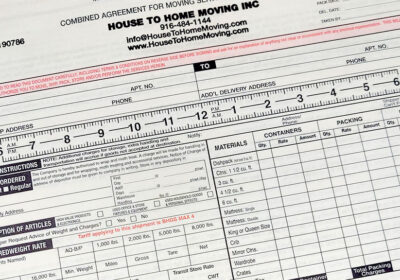 Intelligent Thermostats
Intelligent Thermostats
The best smart thermostat will have an outsize impact not only how comfortable you are in your home, but also on your household budget. Heating and cooling your home accounts for nearly half of the average home’s utility bills, according to the U.S. Department of Energy.
A programmable thermostat can help reduce those costs by turning your HVAC system on when you anticipate being home, and off when you don’t think you’ll need indoor climate control. A smart thermostat goes far beyond relying on a simple schedule. It will not only enable you to create more sophisticated schedules for every day of the week, and give you complete control over your HVAC system, even when you’re away from home. We continually test and evaluate smart thermostats and can help you find the right one for your home.
Automatic Blinds
During the warm summer months, your air conditioning can kick into overdrive trying to keep your home cool. When the sun streams through the window, it can heat up your home even more. Smart blinds sense when window temperatures rise and automatically adjust to help maintain your desired indoor temperature.
Home Energy Monitoring Systems
If you’ve ever taken a close look at your electricity bill you know that it’s pretty light on information. Your bill will tell you 1) how much electricity you have used and 2) how much you’re being charged. Unfortunately, that’s about it.
Let’s say you want to cut your energy use to save money or reduce your carbon footprint. To do that you either have to try to axe your unnecessary consumption as a whole, or simply guess which devices are heavy users. Energy monitors exist to eliminate this guessing game. They connect to your circuit breaker and allow you to track your energy consumption with much finer detail, allowing you to put the axe away and cut your energy consumption with a scalpel instead.
Magnetic Refrigerators
Conventional refrigerators work by compressing and expanding a gas as it flows around the cooling unit, but this process is not especially efficient. Refrigeration currently accounts for 25% of residential and 15% of commercial power consumption in the US In the past it has also used gases harmful to the environment.
In contrast, magnetic refrigeration devices have high efficiency even at a small scale, enabling the development of portable, battery-powered products. In fact, Stephen Russek of Aeronautics Corporation, estimates that when magnetic refrigerators are fully developed, they could reduce energy usage by approximately $10 billion per year, along with significant reductions in carbon dioxide emissions. In addition, magnetic refrigeration doesn’t use ozone-depleting or global warming gases.
Environmentally-Conscious Clothes Dryers
A traditional dryer works by heating air, blowing it into the drum chamber (where it absorbs moisture from the clothes), and then exhausting the now moisture-laden hot air out of the dryer and out of the house.
A condensing dryer, on the other hand, works by heating air, blowing it into the drum chamber and then pulling that warm moist air from the drum and cooling it to the point that the moisture condenses and drips into a collection tray. The cool dry air is then heated and recirculated back into the drum where it again picks up moisture and the cycle continues.
The tricky thing with a condensing dryer is how to cool the air being pulled from the drum. Some condensing dryers use a metal plate that is air-cooled and some use a scheme that requires a steady supply of cold water. Neither of these systems results in a dryer that is any more energy-efficient than a traditional dryer, and the appliances are much slower. The market for condensing dryers has typically been for apartment buildings where running an exhaust vent isn’t feasible.
A heat-pump dryer is a kind of condensing dryer. Like pretty much every heat pump device, the heat pump in a heat pump clothes dryer has a cold coil and a hot coil. This works out perfectly for a condensing dryer as the cold coil can be used to cool the warm moist air coming from the drum (and to provide a condensing surface for the moisture in the air) and the hot coil can be used to heat the air before sending it back.
Heat pump clothes dryers use 40% to 50% as much electricity as a traditional electric dryer and dry clothes much faster than condensing dryers that don’t use heat pumps, while still being slower than a conventional gas or electric dryer.



